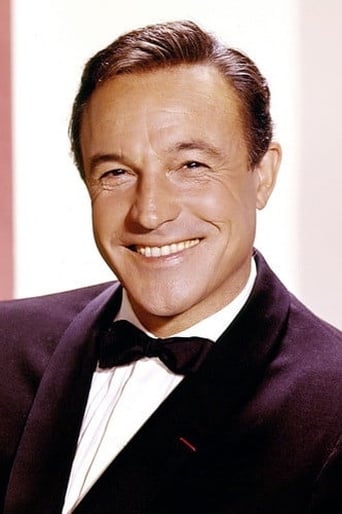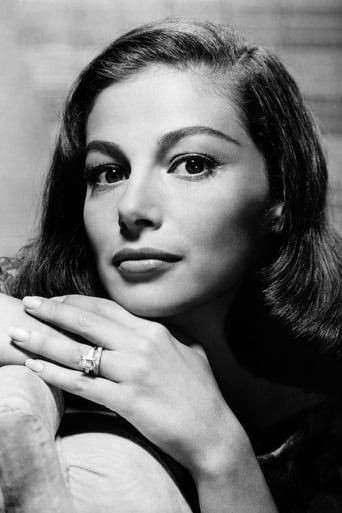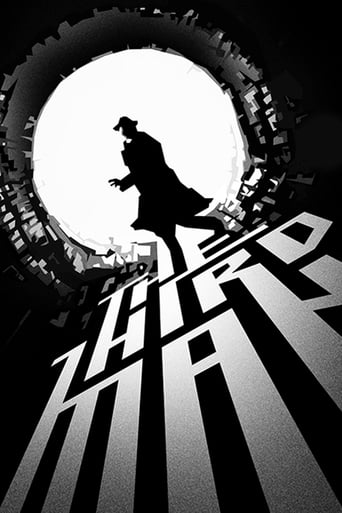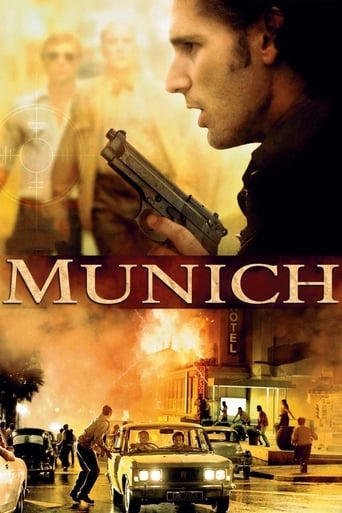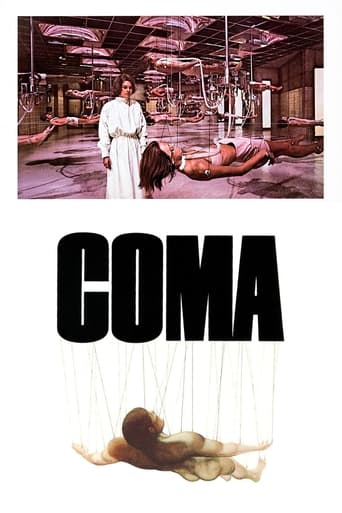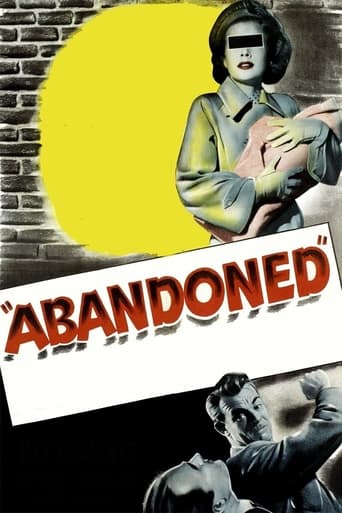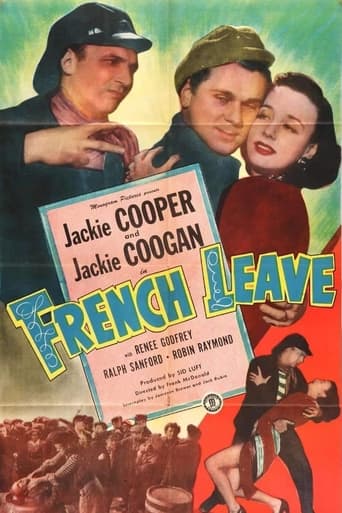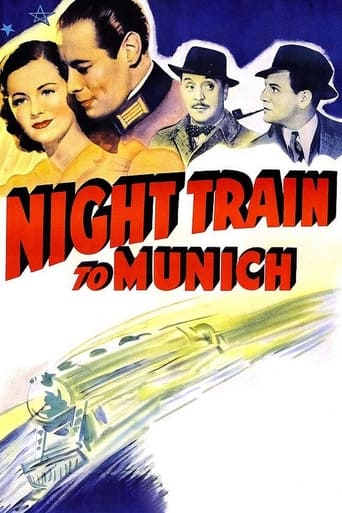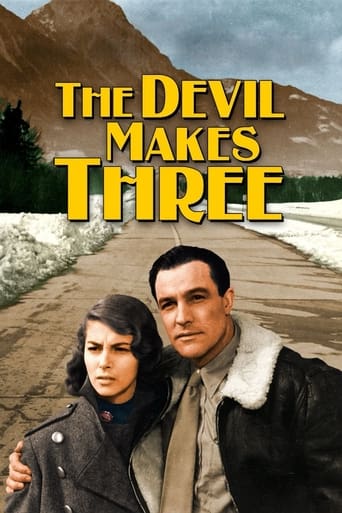
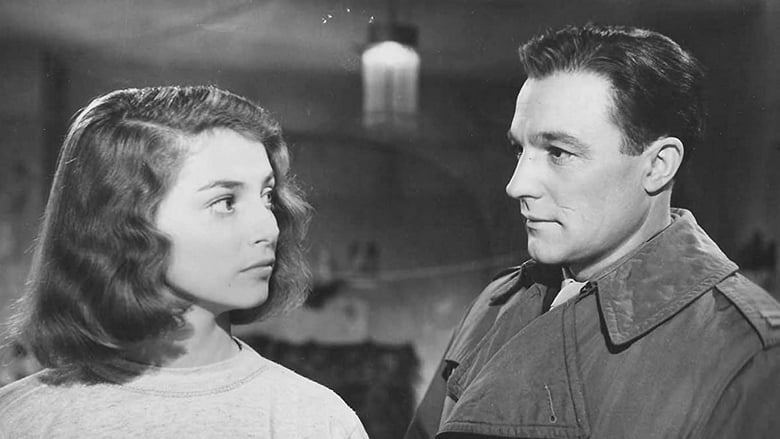
The Devil Makes Three (1952)
Jeff Elliot is an American GI investigating a black market gang in Munich.
Watch Trailer
Cast
Similar titles
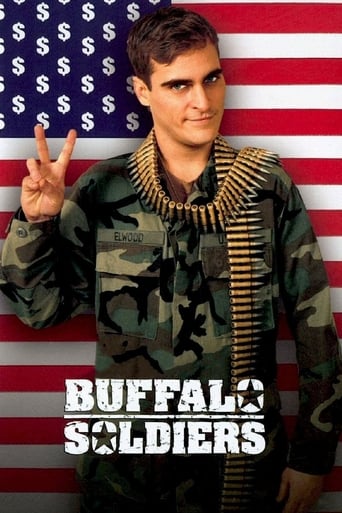

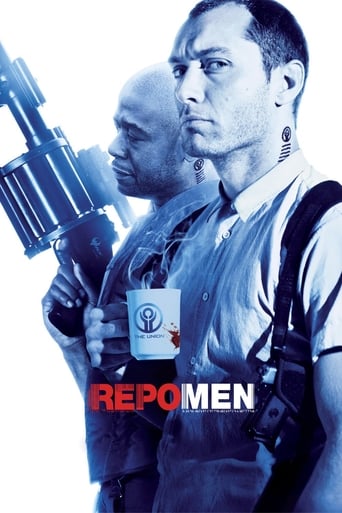
Reviews
Excellent, Without a doubt!!
I enjoyed watching this film and would recommend other to give it a try , (as I am) but this movie, although enjoyable to watch due to the better than average acting fails to add anything new to its storyline that is all too familiar to these types of movies.
This film is so real. It treats its characters with so much care and sensitivity.
An old-fashioned movie made with new-fashioned finesse.
The Devil Makes Three was made as part of a deal that Gene Kelly made with MGM whereby he would work abroad to take advantage of tax rulings and would also get the go ahead from the studio to do his Invitation To The Dance, a project he longed cherished. All studios liked to keep their contract players even though during the age of television studios were reducing their payrolls. You didn't have a musical on tap, then MGM would slot you into a non-musical. Kelly had made a few of them for his studio before. A later film done in Great Britain, Crest Of A Wave, was part of this package as well.Nothing terribly special about The Devil Makes Three. Kelly is a serviceman and he's on leave in Germany and looking for a family that had sheltered him when he was shot down. He finds the daughter grown up to be Pier Angeli and she's pretty disillusioned with life singing in a cabaret now.But Army Intelligence has its eye on her and Kelly is contacted by Richard Rober and Richard Egan to pursue a love affair as if he needed any encouraging and keep an eye for her associates. Her associates turn out to be neo-Nazis. The best thing about The Devil Makes Three is the location cinematography in Munich, Salzburg, and most especially the winter scenes at Hitler's home away from home Berchtesgarden. Looking at those mountains had he not wanted a Gotterdaemerung ending to his Reich he could have made one nasty fight in those mountains that might have prolonged the European war for a year or two.It's a routine action adventure, Kelly was always a good actor and most people cite his role in Inherit The Wind as proof of that. And Pier Angeli has thought aura of tragedy that her real life was.
The closing scenes of this film were shot at the ruins of the Berghoff, which was Hitler's actual residence in Berchtesgaden, most famous for the huge picture window that framed a picture-perfect view of the mountains of Germany and Austria. Since the actual building was torn down by the post-war German government during the 1950's (they were afraid of it becoming a Nazi shrine), this film represents a rare, motion picture view of what the site actually looked like during that period.The location is now the site of the luxury Hotel- InterContinental Berchtesgaden and visitors can still see the same view of the mountains that Hitler built for himself."The Eagle's Nest", located nearby, was the informal name given to the Kehlsteinhaus, or the Fuhrer's Tea house, custom built for Hitler at the top of Kehlstein Mountain during the 1930's. The site survived the war and is now a tourist attraction owned by the local government and features a road carved into the shear rock face of the mountain and a deep tunnel with a brass elevator that takes visitors to the top. It was said that Hitler didn't like heights and only visited the Kehlsteinhaus a few times during his lifetime. Contrary to popular belief, the "Eagle's Nest" is not believed to be featured in this movie.Until recent NATO reductions-in-force, the Americans had many military recreational facilities in Berchtesgaden which have since been turned over to the German government.
One of many of the post-war (WW II)films built around the theme of German nationalist's out to rebuild the Nazi Reich, this one is a bit less documentary-styled than most of the others. But the screenplay( by Jerry Davis) pulls few punches in depicting the Munich of 1947---the bombed-out homes, the bitterness, the German self-pity (justifibaly so in most cases, but with the blame placed on the wrong doorsteps) and the struggle and fight for survival.Simplified, the story has U.S. Captain Jeff Elliott (Gene Kelly) returning to Germany to visit the family that once saved his life, learns that the only one still alive is the family's youngest, Wilhelmina "Willie" Lehrt (Pier Angeli), as the rest of the family were victims of an Allied air raid strike. "Willie", now working as a cabaret singer and forcibly-involved with a gold-smuggling gang, working to restart Hitler's 1000-year reign-plan,does not receive Elliott with open arms.The film, as originally shown in the USA in the 96-minute version, is primarily all-characters speaking English, but IS sub-titled when the characters speak German. (Maybe they felt no need to outside of English-speaking countries.) Shot on location, including shots at Salzburg and a scene in the Mozarteum and the finale which finds the Nazi leader trapped in the ruined desolation of Hitler's Berchtesgaden Eagle's Nest.Songs heard in the film include "Can Love Come Back Again." "Oh, Christmas Tree" and "Wie Sole Das Bazahlen."
The film's plot is solid yarn but not much above average. What makes the film interesting are two things: First Pier Angeli as the girl. And more than that, that the film gives a strong impression of how Germany looked like during the first years after WW II. There is a very atmospheric photography which shows some original locations in Munich and Bavaria: the Bavarian landscape, some villages, the post war Munich. Beyond it the film focuses on the everyday life of the German people more than other films with a similar topic, and it does it in an interesting way: you see some clothes, cars or flats of that time for example and some of the cabarets, clubs ore Night Shows, which obviously where quite typical for the post war era in Germany (and can be found in some other films about post war Germany ). And by this "The Devil Makes Three" manages to be a nice contemporary document along the way.
